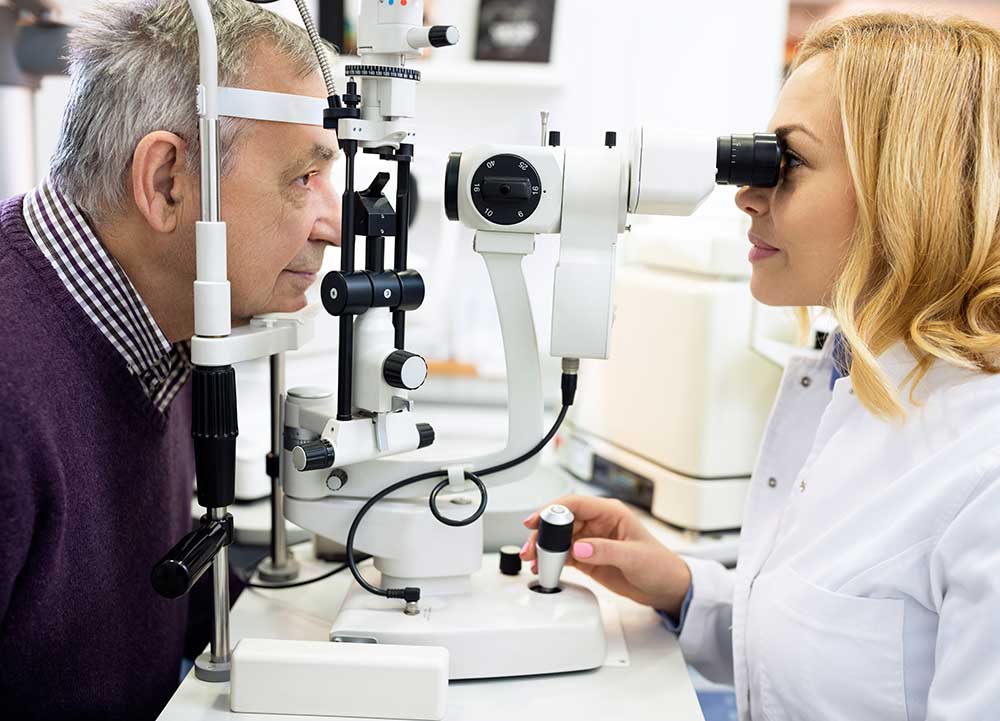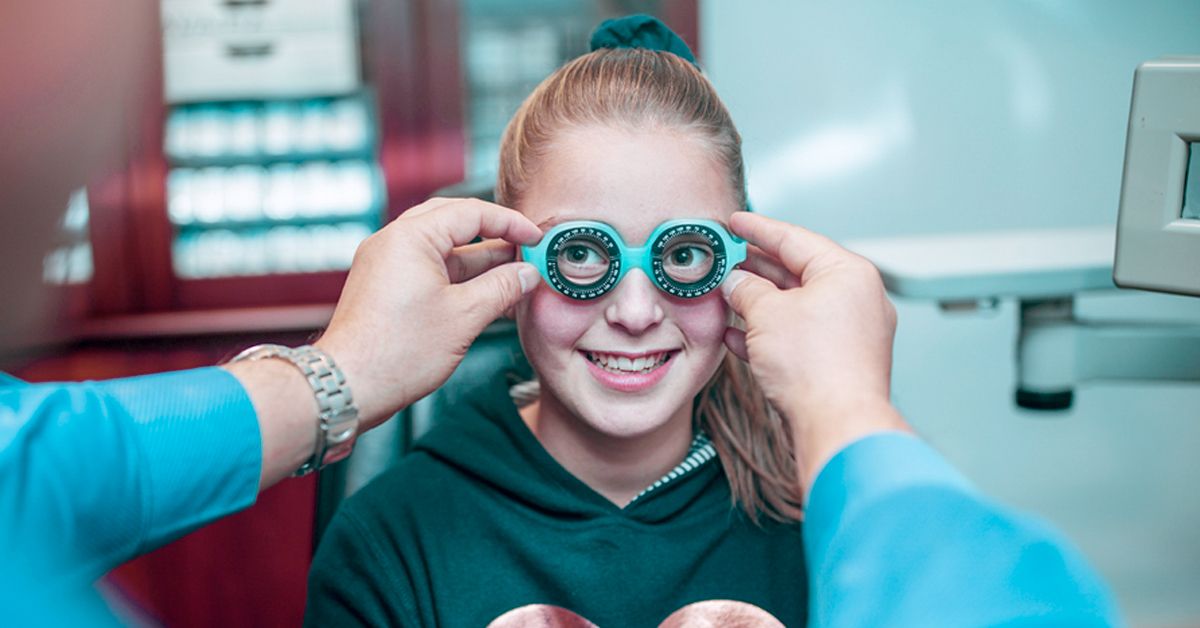Exactly How an Eye Doctor Can Help Prevent Vision Problems in Chino
Wiki Article
Discovering the most recent Technical Advancements in Optometry and What They Mean for Eye Doctors
In the ever-evolving area of optometry, current technological innovations are improving exactly how professionals come close to eye care. From the precision of Optical Comprehensibility Tomography to the nuanced insights used by AI-driven analysis devices, these technologies are setting new requirements in individual assessment and therapy. Teleoptometry is poised to redefine access, making sure that expertise goes beyond geographical constraints. As these developments permeate the practice, optometrists are confronted with the obstacle of accepting these tools to enhance client outcomes. The question stays: just how will these technological shifts redefine the roles and responsibilities within the career?Advancements in Diagnostic Tools
Advancing the field of optometry, innovations in diagnostic tools have actually reinvented the way eye treatment experts examine and detect visual impairments and ocular problems. The past years has witnessed significant technical advancements, making it possible for more thorough and precise assessments. Optical Comprehensibility Tomography (OCT), as an example, provides high-resolution cross-sectional images of the retina, enabling the very early detection of diseases such as glaucoma and age-related macular deterioration. This non-invasive imaging method has actually come to be important in contemporary optometric technique.One more secret technology is the intro of innovative corneal topography systems, which map the surface curvature of the cornea with accuracy. These tools are particularly valuable for suitable get in touch with lenses and diagnosing corneal conditions. Additionally, electronic retinal imaging has changed conventional ophthalmoscopy, offering in-depth, breathtaking views of the retina that help with extensive visual examinations.
The growth of wavefront aberrometry has actually likewise been crucial, enabling the analysis of refractive mistakes with unequaled precision (Eye Doctor Optometrist). This modern technology assists in tailoring restorative lenses and boosting surgical end results for refractive surgical procedures. Collectively, these analysis innovations encourage optometrists to provide premium person treatment, ensuring early treatment and customized treatment techniques, eventually enhancing visual health and wellness end results
AI in Person Administration
Building on the structure of sophisticated diagnostic devices, the consolidation of fabricated intelligence (AI) in individual monitoring represents a transformative jump for optometry. AI systems are increasingly employed to improve efficiency, accuracy, and personalization in client care.In addition, AI-driven platforms promote streamlined individual communications and administrative procedures. Automated scheduling, virtual examinations, and personalized follow-up plans not just boost patient fulfillment but also optimize time management for professionals. These systems can triage patients based upon the seriousness of their conditions, guaranteeing that those in critical demand get punctual focus.
Furthermore, AI enhances decision-making by providing optometrists with evidence-based recommendations and treatment pathways. By integrating data from digital health and wellness records, AI devices offer insights that inform professional choices, minimizing the danger of mistakes and boosting patient results. As AI proceeds to advance, its role in person monitoring will likely expand, improving the landscape of optometric treatment.
Developments in Retinal Imaging
In the world of optometry, retinal imaging has actually observed impressive technological advancements that are improving analysis capacities and individual care. Developments such as Optical Comprehensibility Tomography (OCT) and fundus digital photography have actually transformed exactly how optometrists evaluate the retina and imagine. OCT, particularly, supplies high-resolution, cross-sectional pictures of the retina, enabling the detailed evaluation of its layers. This capacity is vital for very early discovery and management of problems like glaucoma, diabetic person retinopathy, and age-related macular deterioration.Boosted imaging methods like OCT angiography are additional refining analysis precision. This non-invasive method maps blood flow in the retina, using important understandings right into vascular wellness without the requirement for color injections. Furthermore, flexible optics modern technology is being incorporated into retinal imaging systems to remedy ocular aberrations, providing unprecedented photo clarity. Such advancements help with the recognition of minute retinal modifications that might signify condition development.
Additionally, developments in synthetic intelligence are boosting retinal imaging by making it possible for computerized analysis of large datasets. These systems assist eye doctors in determining patterns a measure of pathology, thereby improving diagnostic accuracy and effectiveness. Jointly, these advancements are transforming retinal imaging into a foundation of modern-day eye care, enhancing outcomes and increasing healing possibilities.
Teleoptometry's Expanding Function
Teleoptometry is increasingly becoming an important part of eye care, driven by innovations in electronic communication and analysis devices. This is especially useful in rural and underserved areas where accessibility to specialized eye care is typically minimal.The combination of fabricated knowledge (AI) further boosts teleoptometry, making it possible for the analysis of aesthetic information and helping in the discovery of ocular problems such as glaucoma and diabetic retinopathy. AI-powered formulas can swiftly translate intricate imaging information, offering optometrists with useful insights that strengthen scientific decision-making.
Moreover, teleoptometry sustains continuity of treatment via smooth assimilation with digital health and wellness records (EHRs), permitting eye doctors to maintain detailed patient backgrounds. This makes sure that patients get constant and individualized treatment even when seeking advice from different professionals.
In spite of these advantages, challenges remain, including making certain data security and taking care of patient expectations. Nonetheless, teleoptometry stands for a substantial stride in the direction of more available, effective, and patient-centered eye care. As innovation progresses, its role is poised to expand even more.

Future Trends in Eye Care
A myriad of cutting-edge patterns is readied to improve the future of eye treatment, driven by technical developments and the progressing requirements of content patients. One considerable pattern is the integration of artificial intelligence (AI) in diagnostics, which guarantees to enhance the accuracy and performance of eye exams. AI algorithms can analyze vast quantities of information from retinal photos, possibly identifying problems like diabetic retinopathy and glaucoma earlier than typical methods.Moreover, personalized medication is gaining traction in optometry, with hereditary testing informing tailored treatment strategies. This technique intends to maximize person outcomes by tailoring interventions to individual genetic accounts. Wearable innovation, such as smart contact lenses, is additionally coming up, using real-time tracking of intraocular stress or glucose degrees, thus providing constant insights right into eye and systemic health and wellness.
The adoption of enhanced reality (AR) and online fact (VR) in training and person education is an additional emerging pattern. These innovations supply immersive experiences that can enhance understanding and abilities both for clients and optometrists. As these trends advance, optometrists need to stay abreast of technological innovations to offer sophisticated care, making certain enhanced person outcomes and satisfaction in the vibrant landscape of eye care.
Final Thought

Collectively, these diagnostic developments encourage eye doctors to provide remarkable client care, guaranteeing very early treatment and tailored therapy methods, eventually improving aesthetic wellness outcomes.

As these technologies continue to progress, eye doctors must adapt and integrate them into method, inevitably optimizing process performance and raising the criterion of eye treatment delivered to individuals.
Report this wiki page